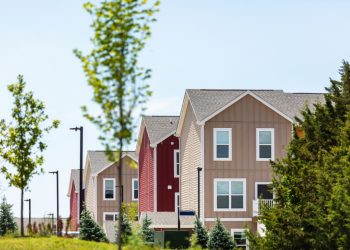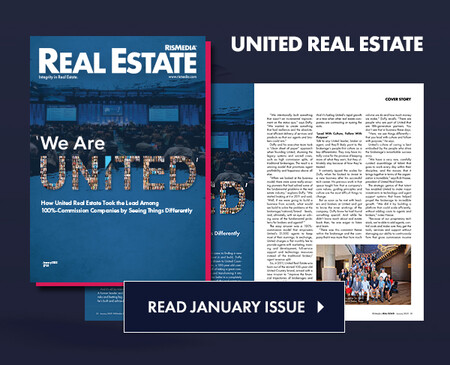Pending home sales made an end-of-year push in December, picking up 1.6 percent from November in the National Association of REALTORS® (NAR) Pending Home Sales Index (PHSI).
The rise in the overall PHSI—which also came in 0.3 percent higher than December 2015—was led by contract activity in the South and West, increasing 2.4 percent and 5.0 percent, in order. Contract activity in the Midwest, however, decreased 0.8 percent in December, while activity in the Northeast decreased, as well, 1.6 percent.
“Pending sales rebounded last month as enough buyers fended off rising mortgage rates and alarmingly low inventory levels to sign a contract,” says Lawrence Yun, NAR chief economist.
The rebound, still, does not equal recovery, says realtor.com® Senior Economist Joseph Kirchner.
“Don’t get too excited about the upward tick in the Pending Home Sales Index—it is merely oscillation around a seven month-downward trend. The year-over-year increase does not make up for November’s year-over-year decline of 0.4 percent,” Kirchner says. “The most important factor contributing to the declining trend in pending sales is lack of supply, which has made it difficult for buyers to find a home that meets their needs. The persistent trend of price appreciation exceeding income appreciation means homes on the market become less affordable every month. The decline in pending sales began in May—several months prior to mortgage rate hikes—so rising mortgage rates are not yet a dominant factor in the decline in pending sales.”
Supply is currently contained to the upper tier, with more affordable, lower tier housing limited, barring entry to first-time and other would-be homeowners. Yun expects housing starts to grow 7.9 percent this year; the National Association of Home Builders (NAHB) expects them to grow 10 percent. Home builders on the whole are encouraged by the new administration, which brings with it the promise of reduced regulation.
“The main storyline in the early months of 2017 will be if supply can meaningfully increase to keep price growth at a moderate enough level for households to absorb higher borrowing costs,” Yun says. “Sales will struggle to build on last year’s strong pace if inventory conditions don’t improve.”
For more information, please visit www.nar.realtor.
For the latest real estate news and trends, bookmark RISMedia.com.










